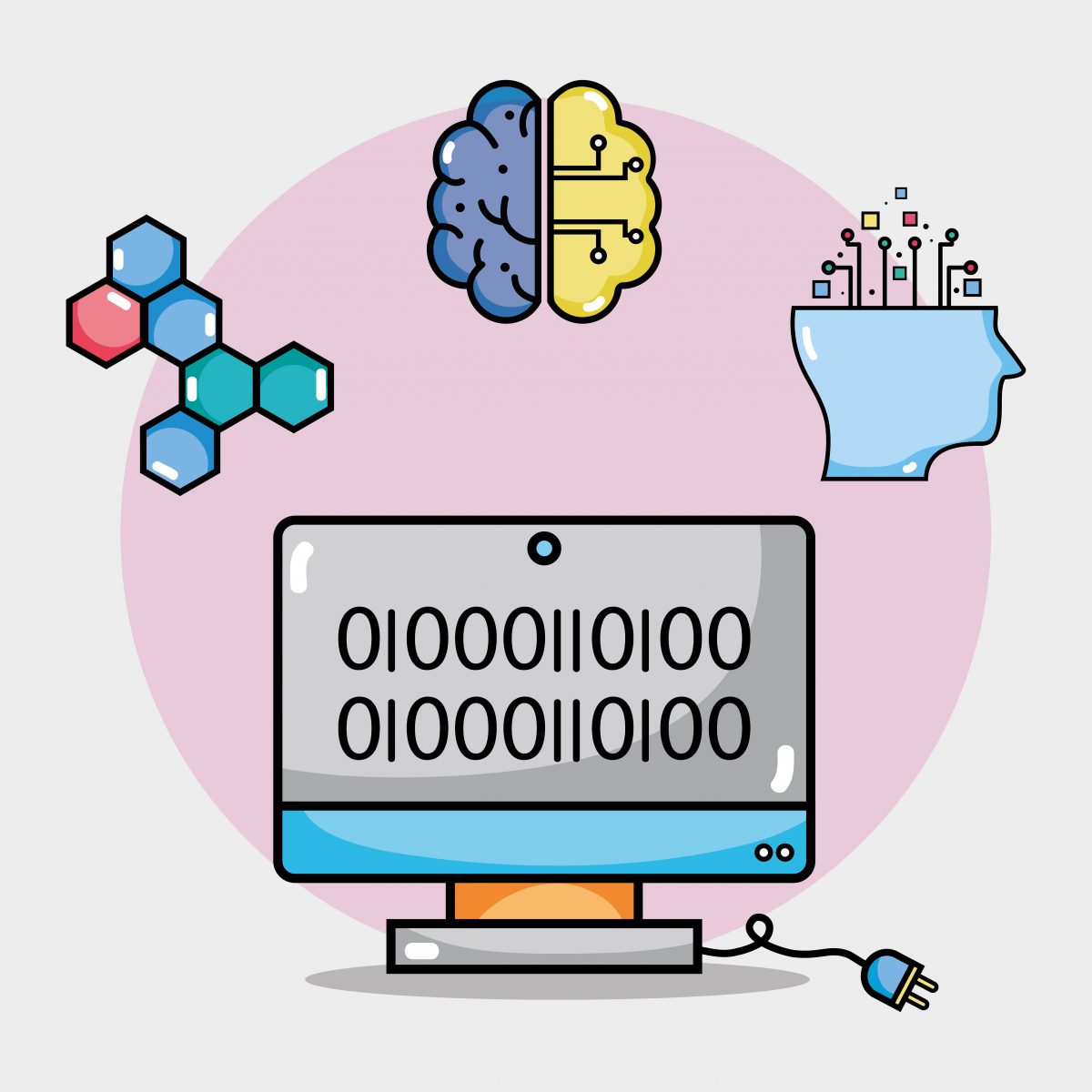In-Depth Data Set of Brain May Provide Key to Understanding Neurodegenerative Diseases

A comprehensive data set of the human brain was developed by researchers at Emory University in Atlanta as a valuable resource likely to advance knowledge on the mechanisms behind both Parkinson’s (PD) and Alzheimer’s disease (AD).
The data was published in a report titled, Global quantitative analysis of the human brain proteome in Alzheimer’s and Parkinson’s Disease in the journal Scientific Data.
Alzheimer’s and Parkinson’s disease are the most common neurodegenerative diseases, and both share clinical and pathological features.
Observations at the cell level suggest these two diseases have common underlying mechanisms. Alzheimer’s and Parkinson’s rely on the accumulation of proteins that are folded incorrectly and become toxic to nerve cells and brain connections.
In Parkinson’s, the misfolded protein that accumulates inside neurons is called alpha-synuclein, while in Alzheimer’s it is the excessive buildup of the proteins beta-amyloid and tau that leads to brain damage.
Despite evidence of shared disease mechanisms, there is still a large knowledge gap on the pathways that link both neurodegenerative diseases.
To compare similarities and differences between both, researchers from the Emory University School of Medicine identified which proteins are expressed in the brain in each disease.
In a project funded by Accelerating Medicine Partnership, the NINDS Emory Neuroscience Core, the National Institute on Aging, and the Emory Alzheimer’s Disease Research Center, researchers set out to build a comprehensive human brain proteomic data set to be used as a valuable resource for various research endeavors including the identification of disease-specific protein signatures and molecular pathways that are common in Alzheimer’s and Parkinson’s disease.
Brain samples were taken from post-mortem human brain tissues of patients who had either Alzheimer’s or Parkinson’s, and those who had both diseases, as well as healthy controls, across two specific brain regions — the frontal cortex and anterior cingulate gyrus.
Using a method to quantify several brain samples at the same time — with an increased sensitivity to detect proteins usually found at very low levels — researchers identified 11,840 protein groups corresponding to 10,230 genes and covering approximately 65 percent of all the genes expressed in the brain.
This generated a comprehensive and accurate data set where almost all proteins identified — 90 percent — were spotted with high technical confidence. This data set can now be used as a reference for protein expression in the human brain, to compare altered protein levels common to Alzheimer’s and Parkinson’s or specific to each of them; to identify the cellular functions underlying both diseases and provide insights on the clinical status and disease burden; or as a starting point to identify protein modifications associated with these conditions.
The large amount of data collected can advance researchers’ understanding of the underlying mechanisms in neurodegenerative diseases.
“To our knowledge, this is one of the deepest human brain proteomes (whole set of proteins) generated to date. This comprehensive human brain proteomic dataset will serve as a valuable resource for understanding the molecular signatures and pathways that link pathologic mechanisms in both AD and PD,” the researchers said.






